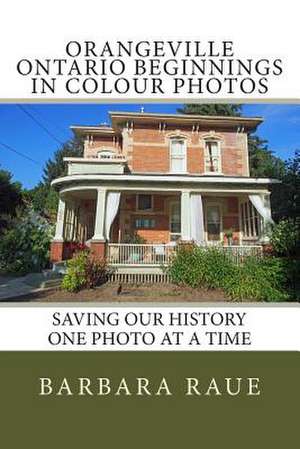Orangeville Ontario Beginnings in Colour Photos
Autor Mrs Barbara Raueen Limba Engleză Paperback
Preț: 78.19 lei
Nou
Puncte Express: 117
Preț estimativ în valută:
14.96€ • 15.66$ • 12.38£
14.96€ • 15.66$ • 12.38£
Carte disponibilă
Livrare economică 15-29 martie
Preluare comenzi: 021 569.72.76
Specificații
ISBN-13: 9781495485916
ISBN-10: 1495485919
Pagini: 58
Dimensiuni: 152 x 229 x 4 mm
Greutate: 0.09 kg
Editura: On Demand Publishing, LLC-Create Space
ISBN-10: 1495485919
Pagini: 58
Dimensiuni: 152 x 229 x 4 mm
Greutate: 0.09 kg
Editura: On Demand Publishing, LLC-Create Space


